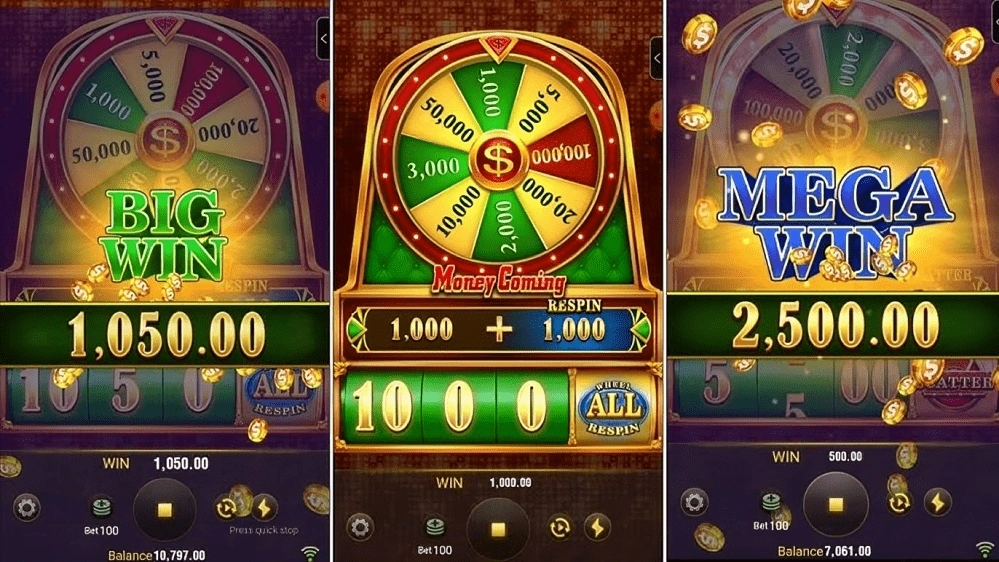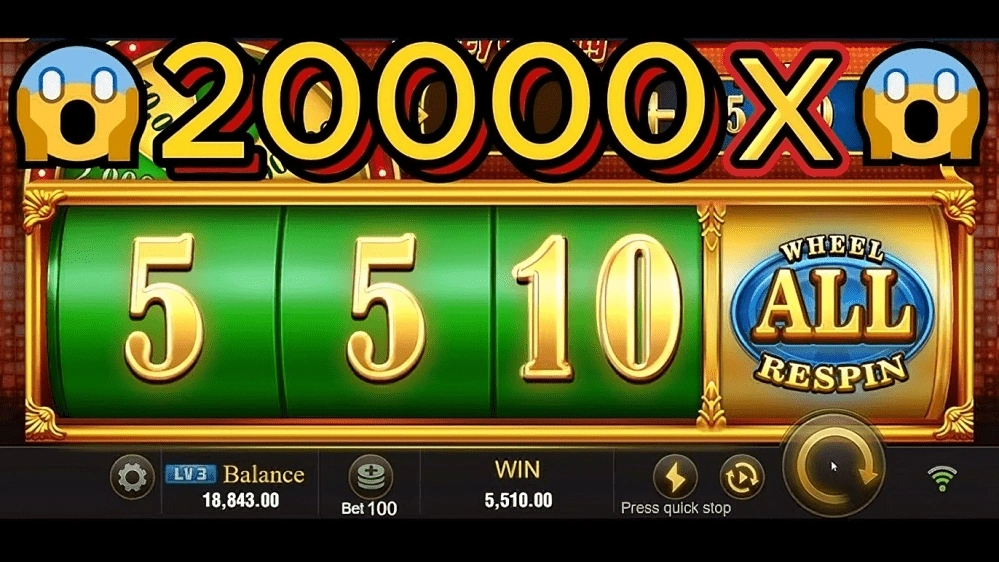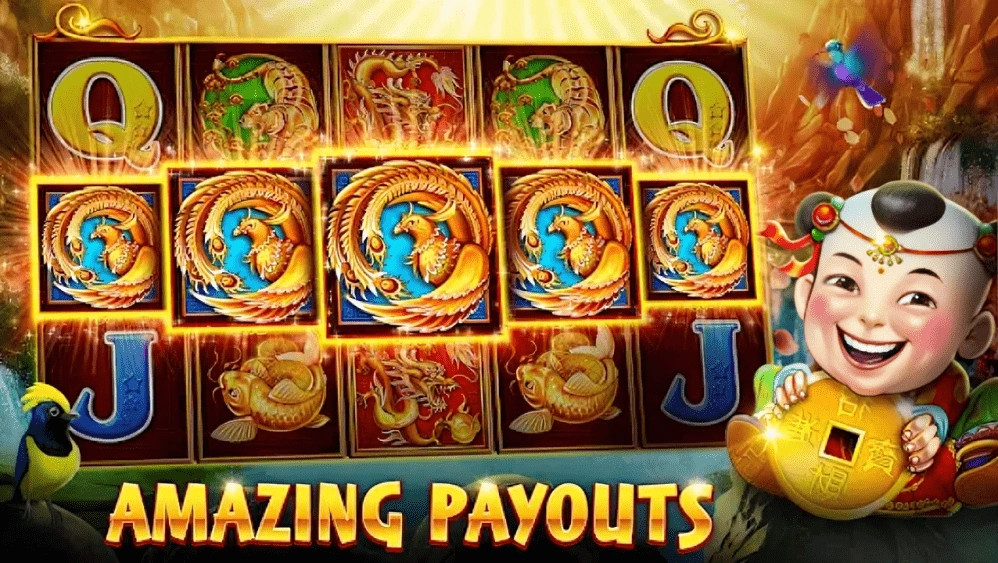November 27, 2025
11:37 am
The landscape of video games has been irrevocably shaped by Sony’s PlayStation brand, daftar slotmantap a powerhouse that has consistently delivered groundbreaking hardware and, more importantly, an unparalleled library of games. From the original PlayStation that ushered in 3D gaming to the sophisticated PlayStation 5, and the innovative portable experiences offered by the PlayStation Portable (PSP), countless titles have captured the imaginations of millions. Exploring the “best games” from these diverse platforms is not merely a trip down memory lane, but a profound appreciation for the artistic and technological advancements that have defined interactive entertainment for decades.
The main PlayStation consoles have consistently set benchmarks for console gaming. The PlayStation 1 revolutionized the industry with its CD-ROM format, paving the way for cinematic storytelling and complex worlds, giving birth to legendary series like *Metal Gear Solid* and *Final Fantasy VII*. The PlayStation 2, still the best-selling console of all time, built upon this foundation, offering a staggering array of genres and unforgettable experiences such as *God of War*, *Grand Theft Auto III*, and *Shadow of the Colossus*. These PlayStation games weren’t just graphically impressive for their time; they pushed narrative boundaries and redefined gameplay mechanics, solidifying their place among the best games ever conceived.
Subsequent generations continued this tradition of excellence. The PlayStation 3, initially a slow burn, eventually flourished with exclusive titles that showcased its power, including *Uncharted 2: Among Thieves* and *The Last of Us*, both critically acclaimed for their storytelling and technical prowess. The PlayStation 4 further refined these experiences, delivering breathtaking visuals and compelling narratives in games like *God of War (2018)*, *Marvel’s Spider-Man*, and *Bloodborne*. Now, the PlayStation 5 is carrying the torch, with its lightning-fast load times and stunning fidelity, pushing the boundaries of what is possible in interactive entertainment, ensuring the flow of exceptional PlayStation games continues unabated.
Amidst this console dominance, Sony also ventured into the portable gaming market with the PlayStation Portable (PSP), a device that, for its time, was remarkably powerful. The PSP promised console-quality gaming on the go, and it largely delivered. It carved out its own niche with a fantastic selection of PSP games that often mirrored or complemented their console counterparts, yet also offered unique experiences tailored for handheld play. This robust library elevated the PSP beyond a mere accessory, making it a legitimate platform for some of the era’s best games.
Among the standout PSP games were titles that defied expectations for a handheld device. *Grand Theft Auto: Liberty City Stories* and *Vice City Stories* provided expansive open-world experiences previously thought impossible on a portable. *Monster Hunter Freedom Unite* captivated players with its deep, addictive gameplay loop, fostering a dedicated community. Exclusive entries like *God of War: Chains of Olympus* and *Ghost of Sparta* showcased stunning graphics and intense action. Furthermore, beloved RPGs such as *Crisis Core: Final Fantasy VII* and *Persona 3 Portable* found new life and immense success on the platform, proving that the PSP could host some of the most compelling and extensive narratives available, solidifying its role in offering truly best games.
Defining the “best games” from such a vast and varied collection is, naturally, a subjective endeavor. What one player cherishes for its innovative gameplay, another might praise for its profound storytelling or its sheer replayability. Factors like critical acclaim, commercial success, cultural impact, and the sheer joy a game brings to its players all contribute to its legacy. However, a common thread among these best games, whether from PlayStation or PSP, is their ability to transcend mere entertainment, becoming unforgettable experiences that resonate long after the credits roll, pushing boundaries and setting new standards in interactive design.
Many of these celebrated franchises have transcended individual platforms, evolving across generations. *Final Fantasy*, *Grand Theft Auto*, and *God of War* are prime examples of series that have consistently delivered exceptional experiences on both PlayStation consoles and, in some cases, the PSP, showcasing a continuity of excellence. This intergenerational influence means that the “best games” aren’t static; they adapt, innovate, and continue to provide fresh perspectives on established formulas, ensuring their enduring appeal. The evolution of graphics, sound, and narrative techniques has allowed for deeper immersion and more intricate worlds, keeping players engaged and eagerly anticipating the next big release.
In conclusion, the journey through the best games from PlayStation and PSP generations is a testament to an era of unparalleled creativity and technological advancement in gaming. From the console titans that shaped entire genres to the portable gems that defied expectations, the legacy is rich and expansive. These platforms have given us not just games, but stories, challenges, and memories that have become integral to the fabric of modern entertainment. Whether you revisit a classic PlayStation game or discover a hidden PSP treasure, the pursuit of the “best games” is an ongoing adventure, continually reminding us of the profound impact interactive experiences have on our lives.






